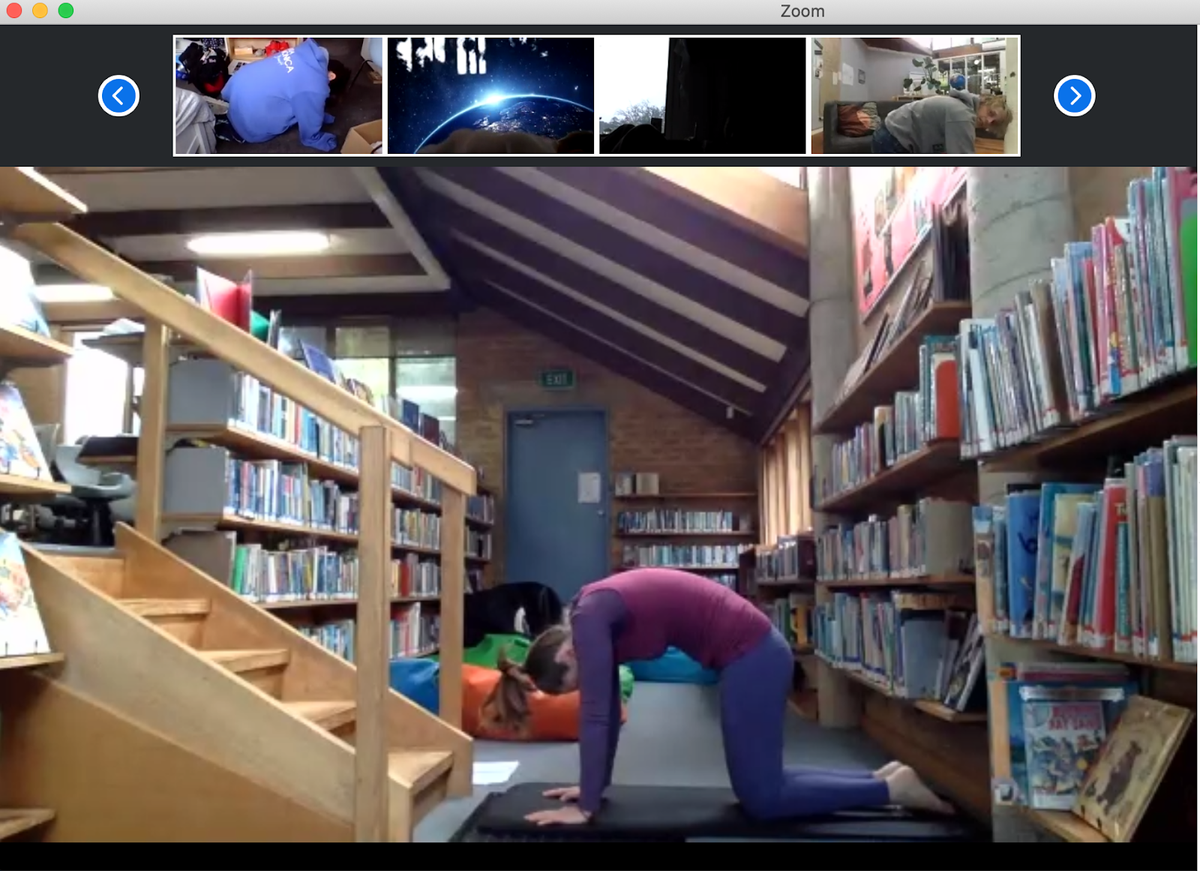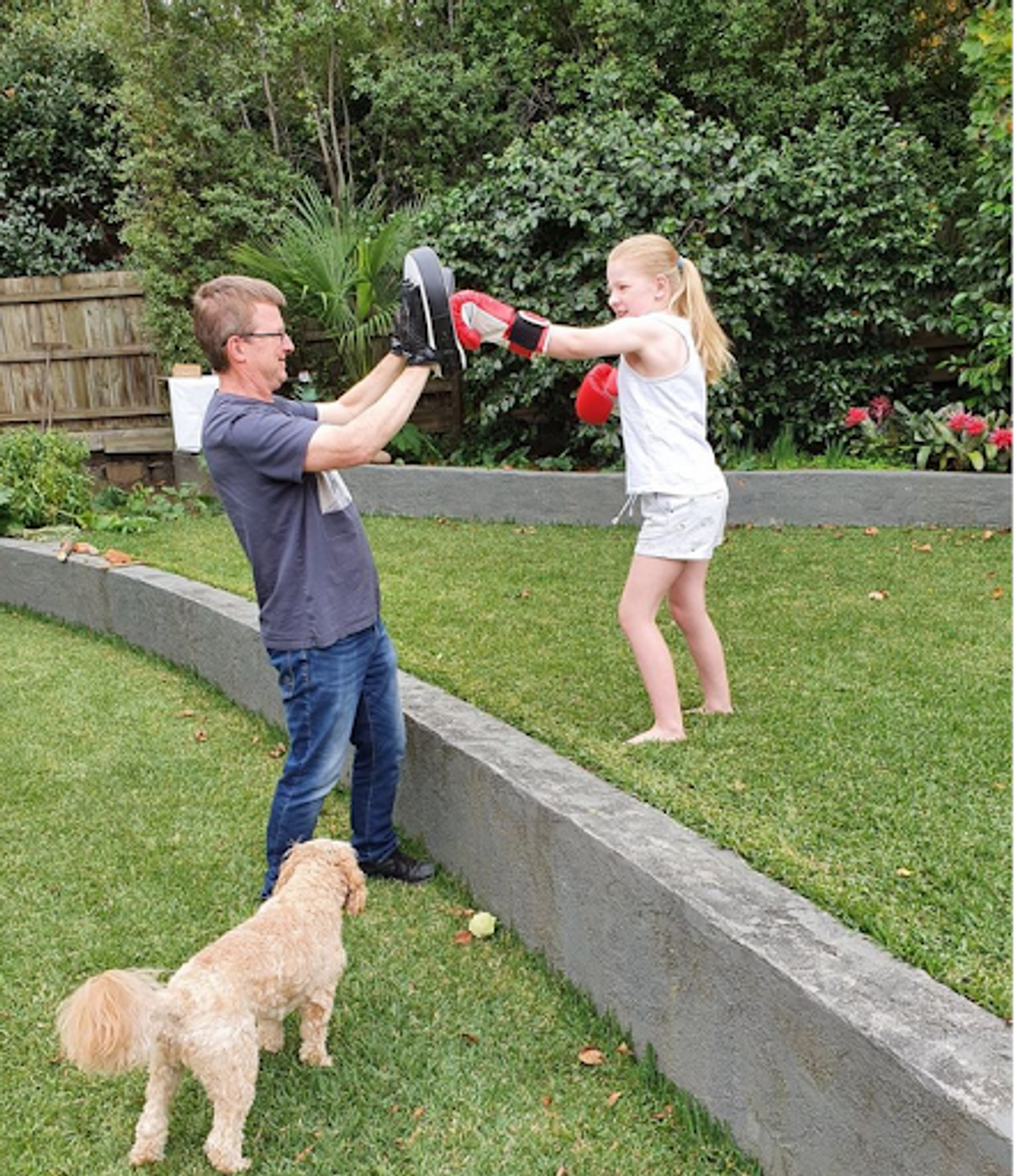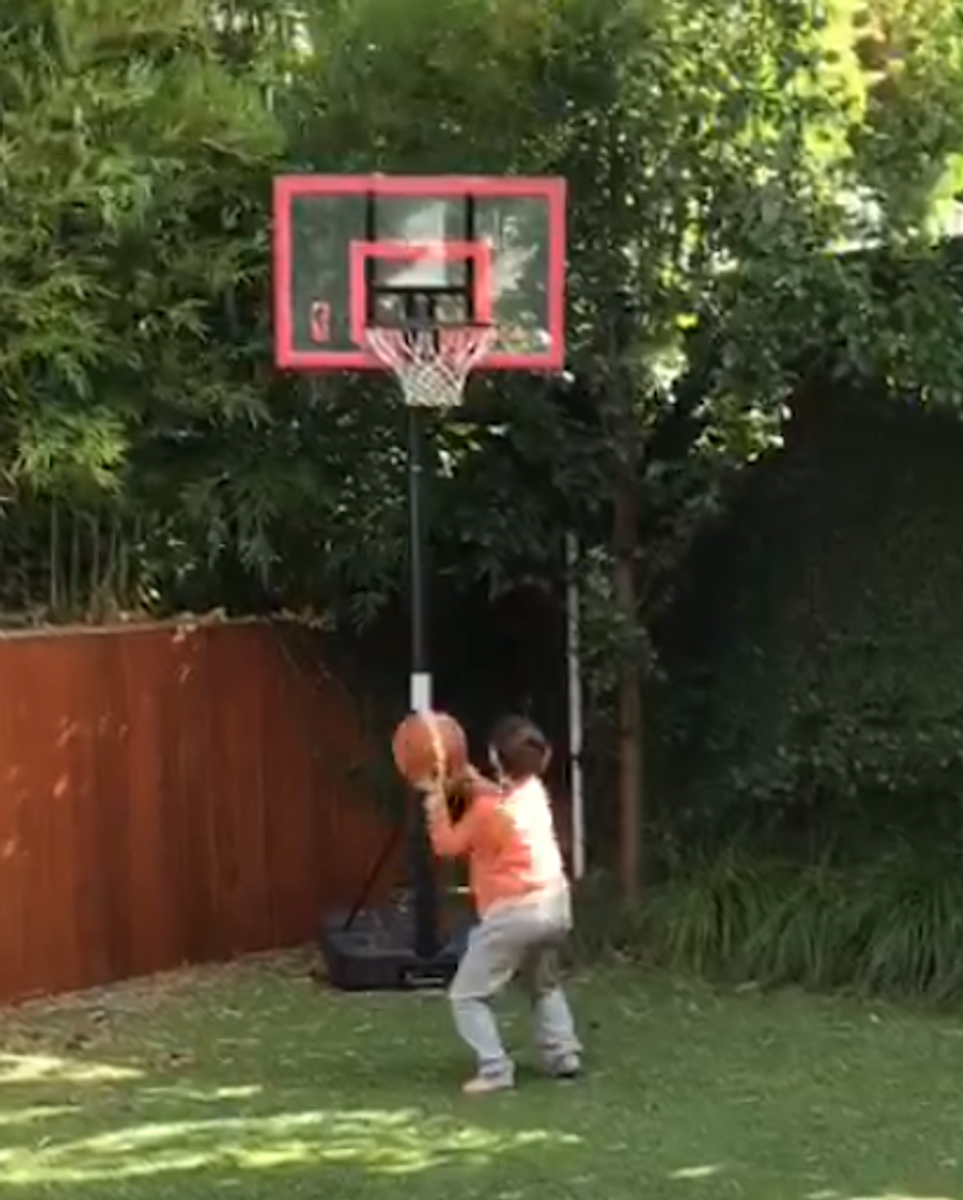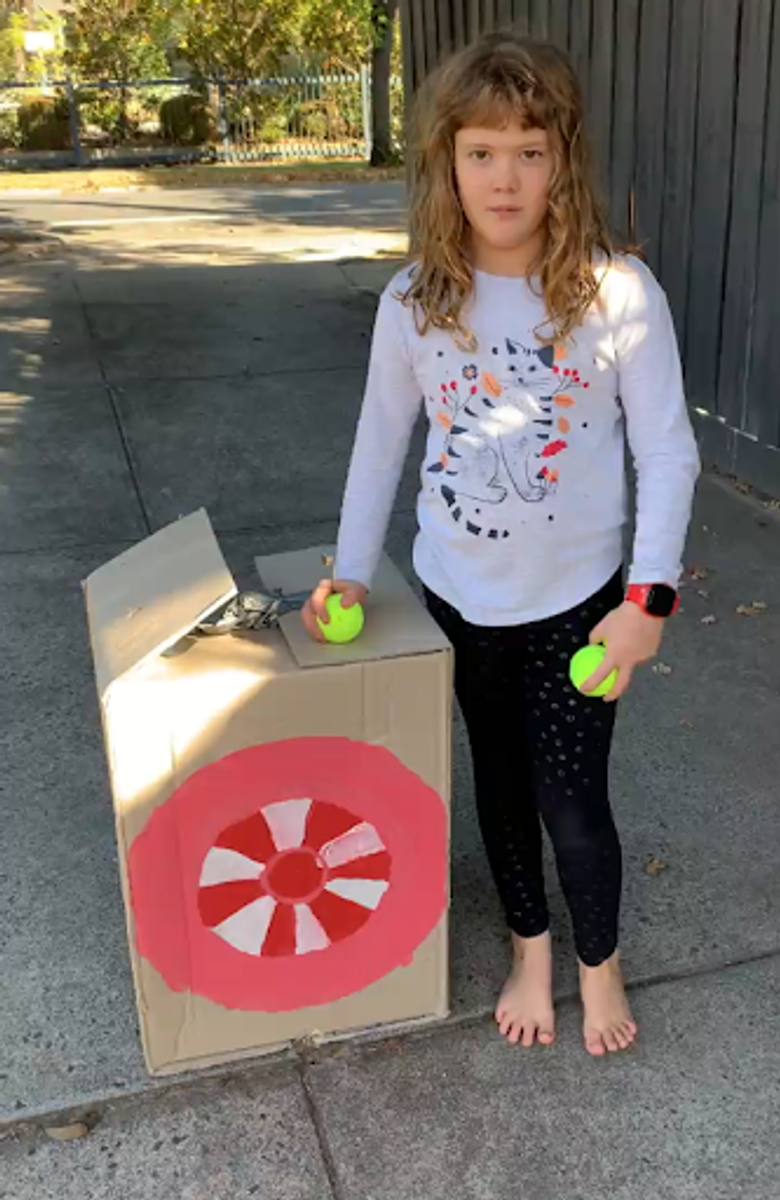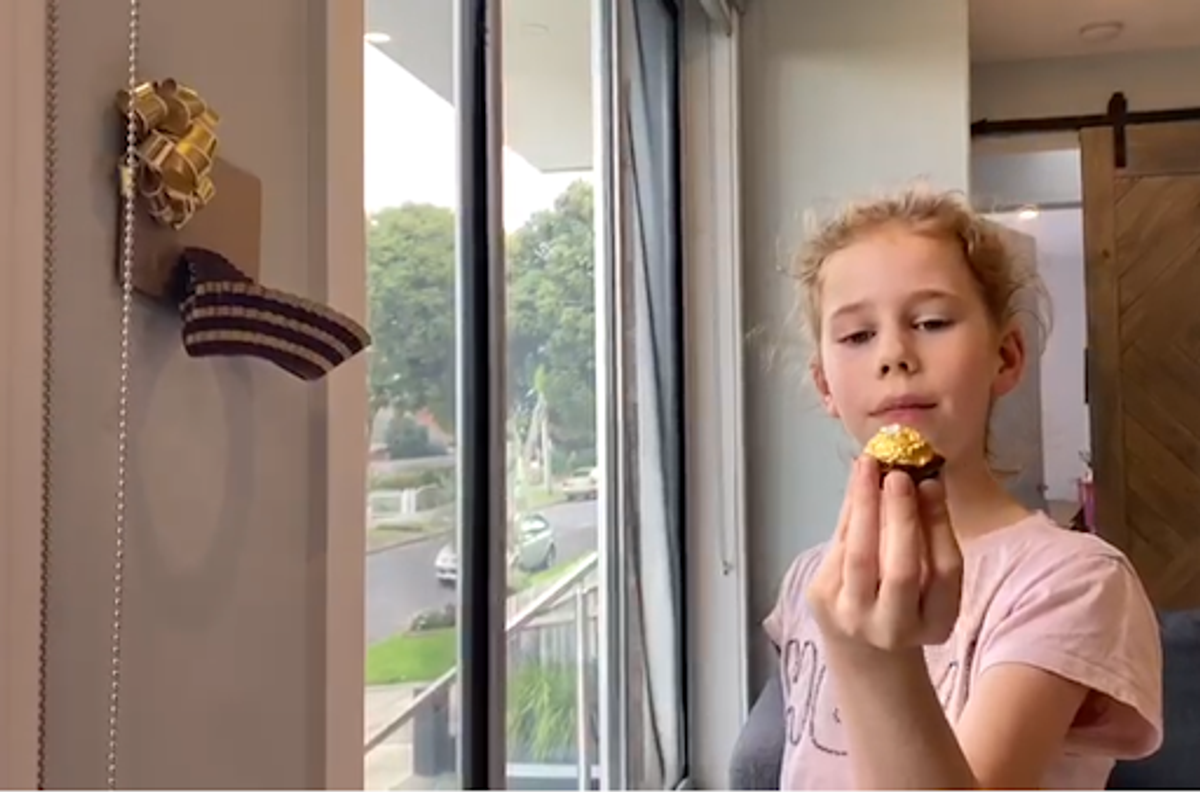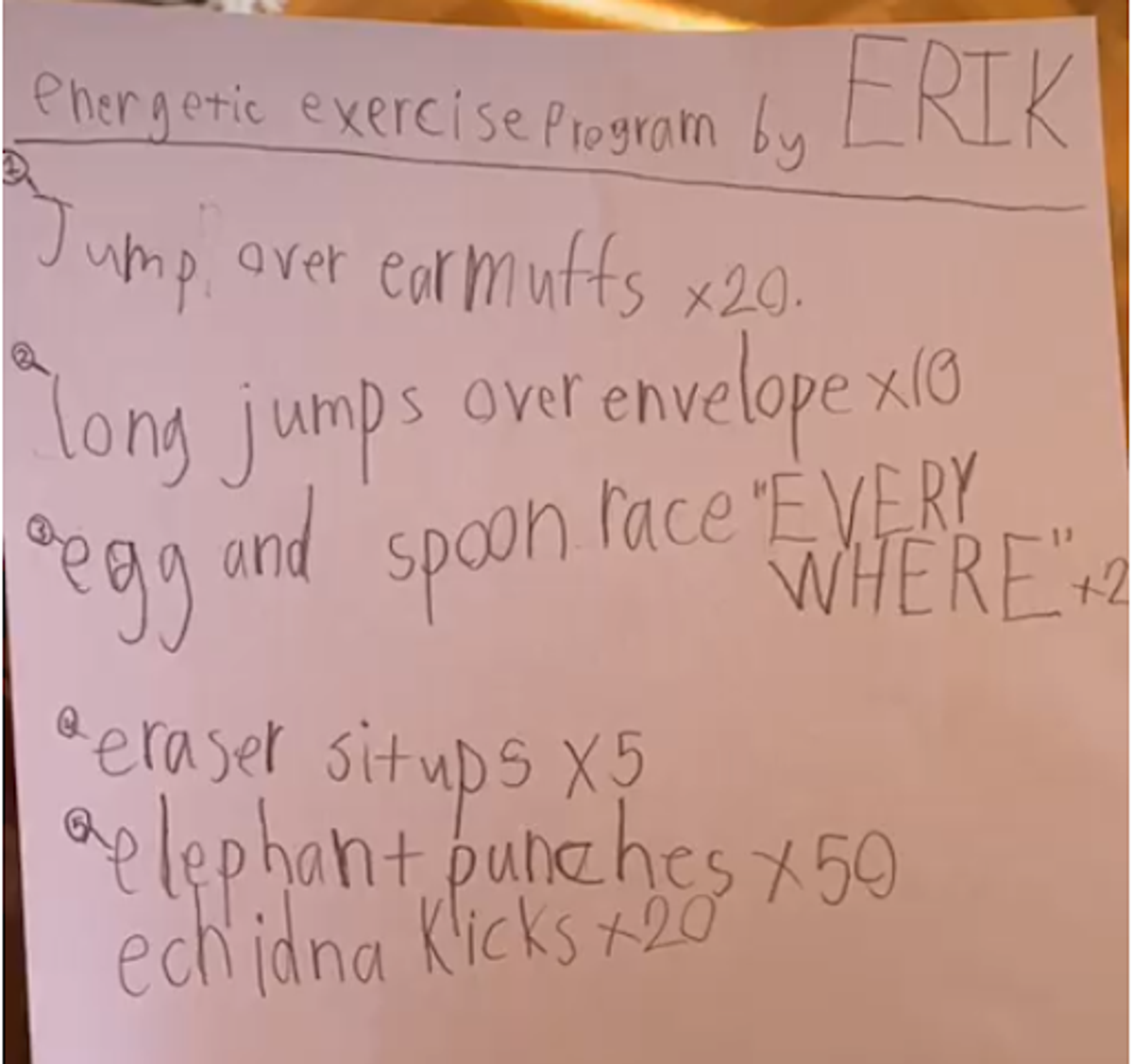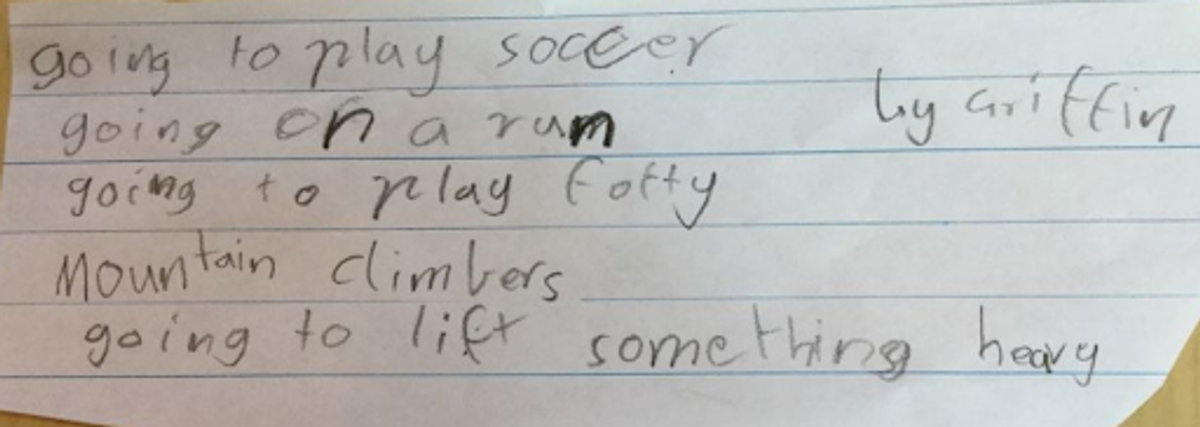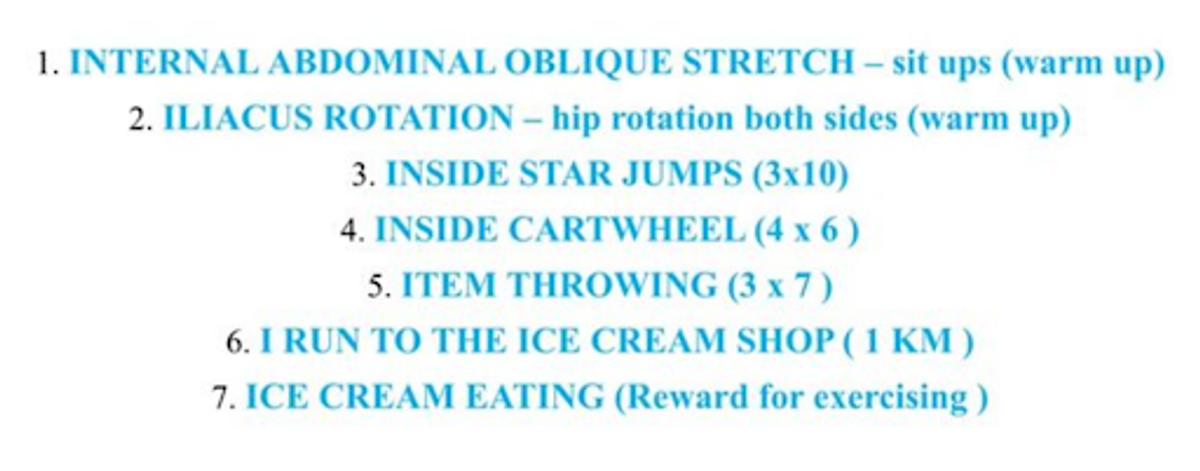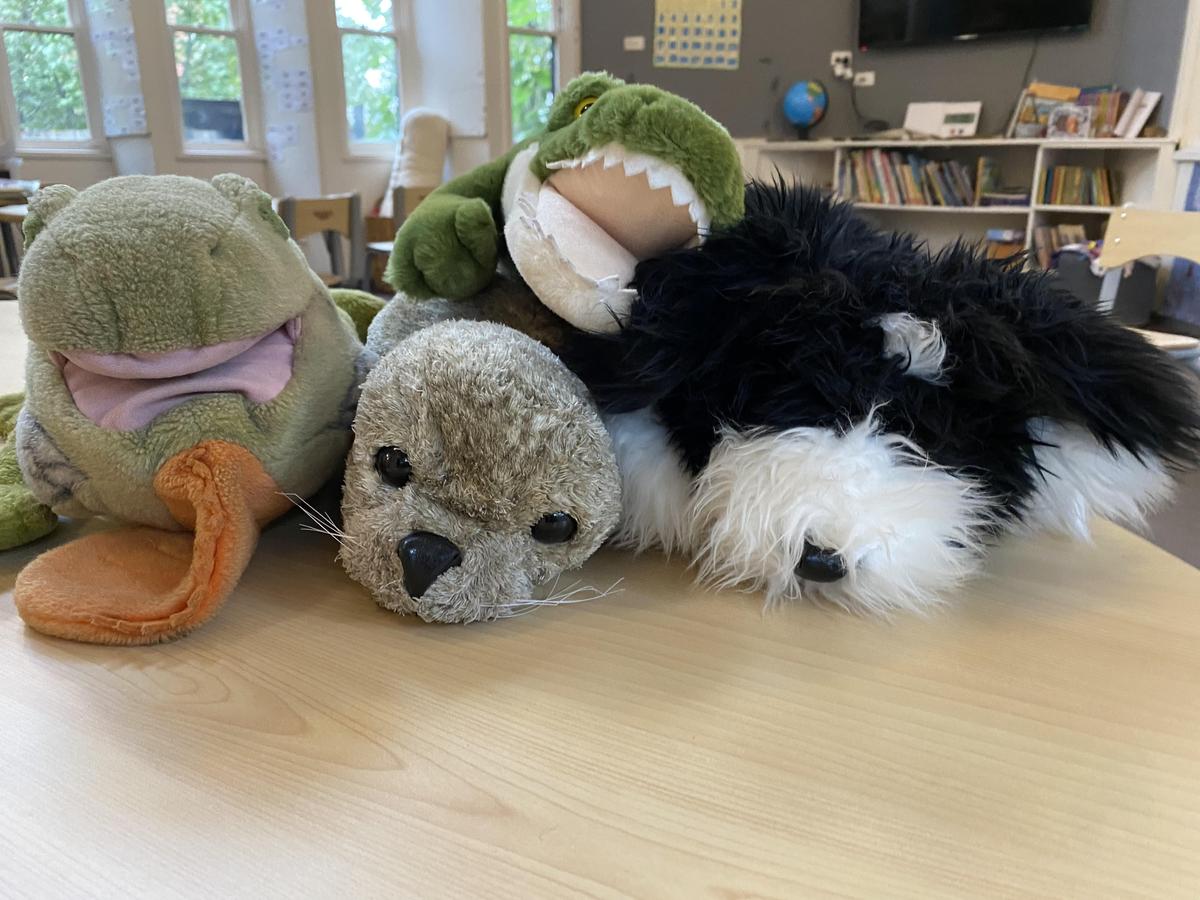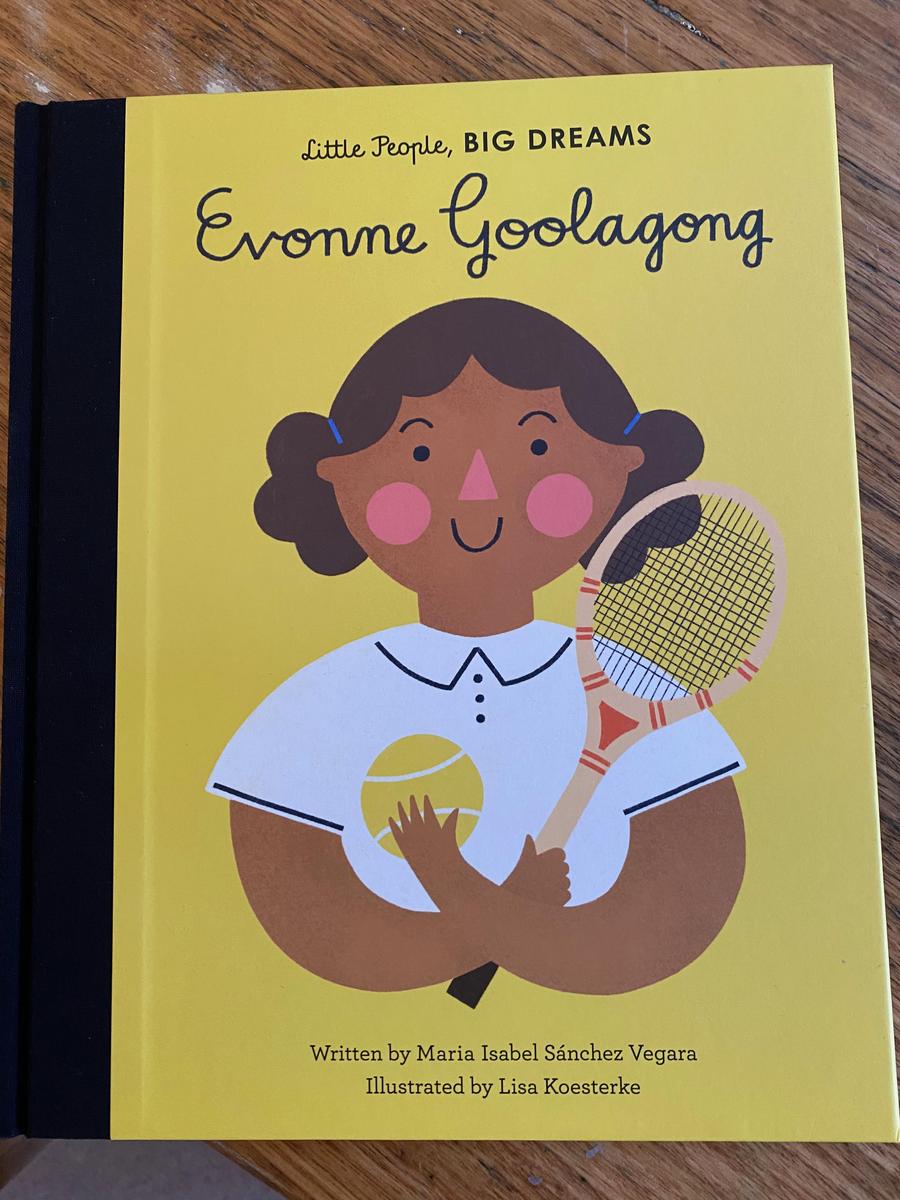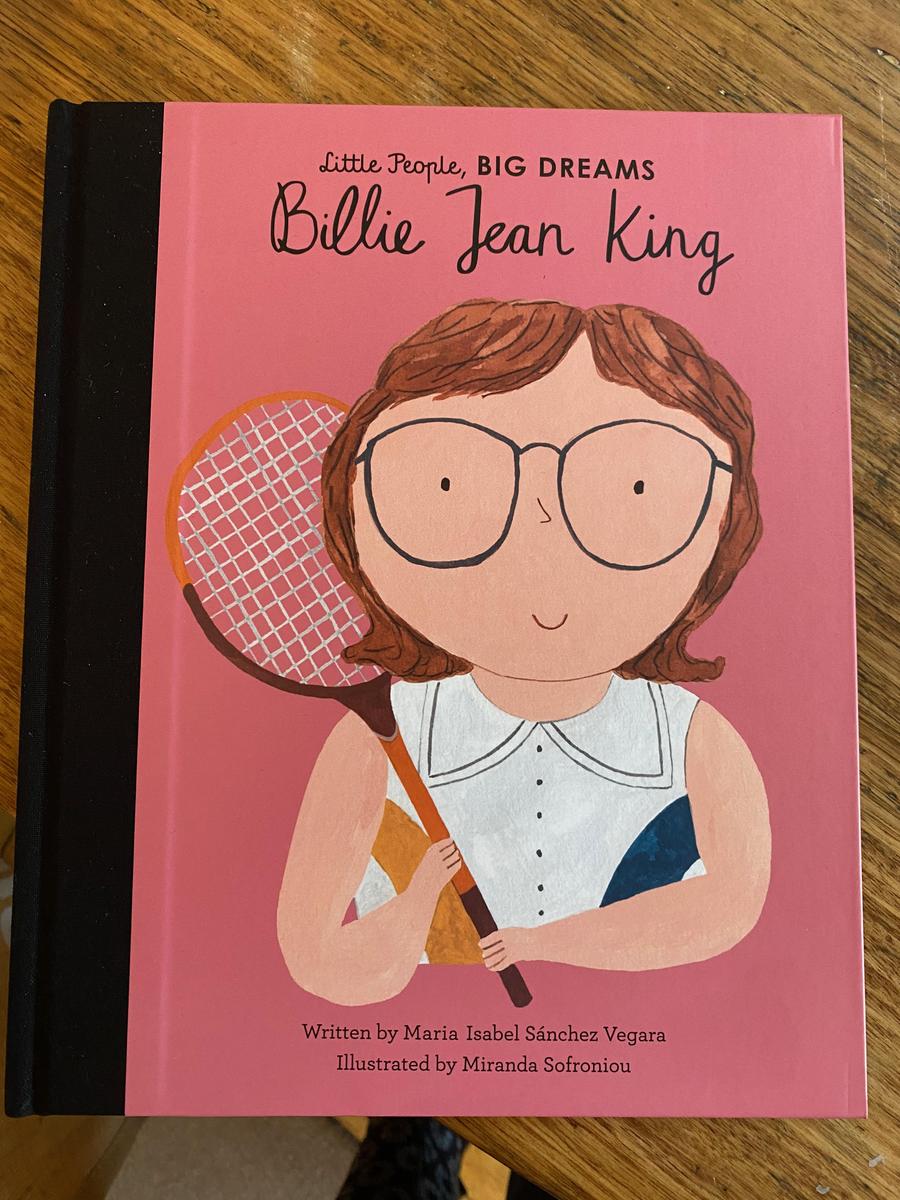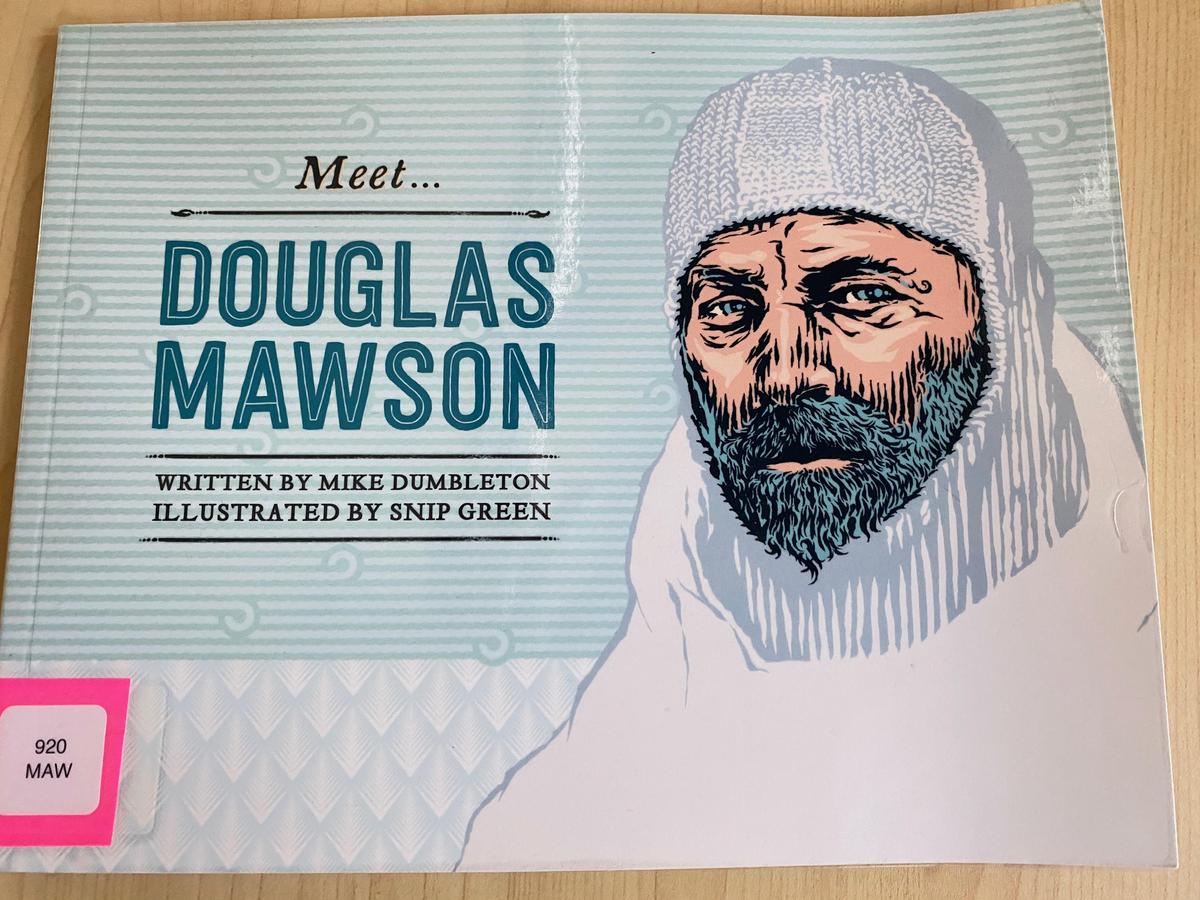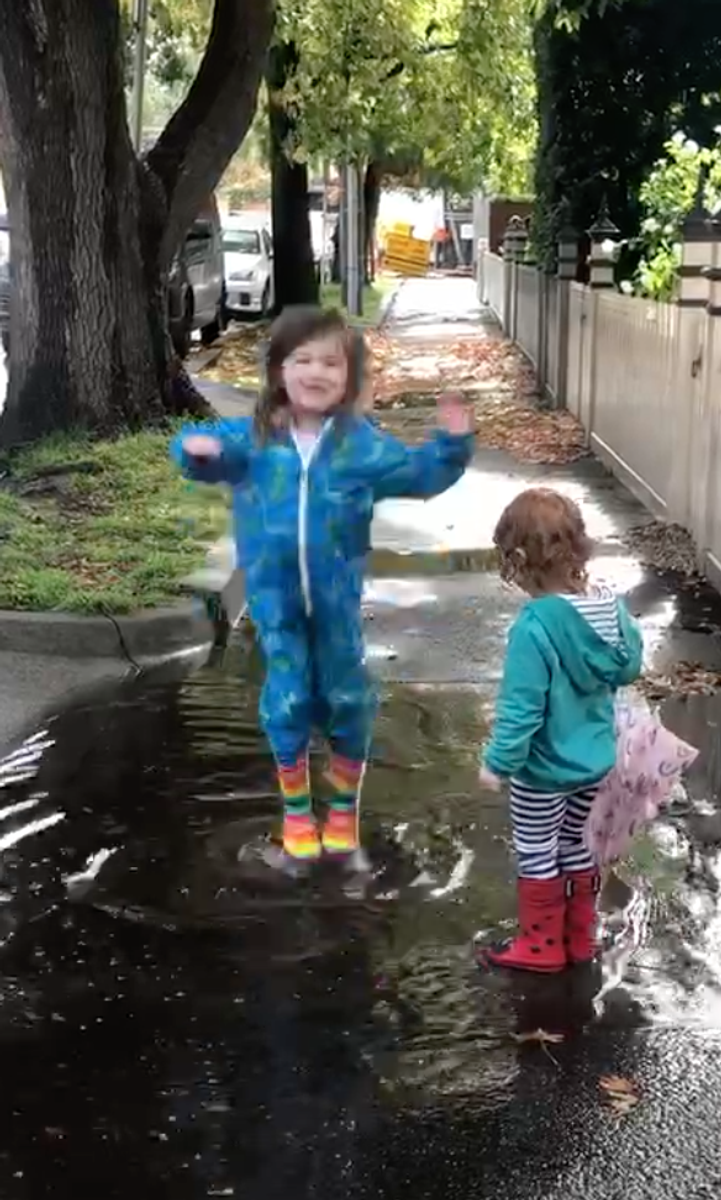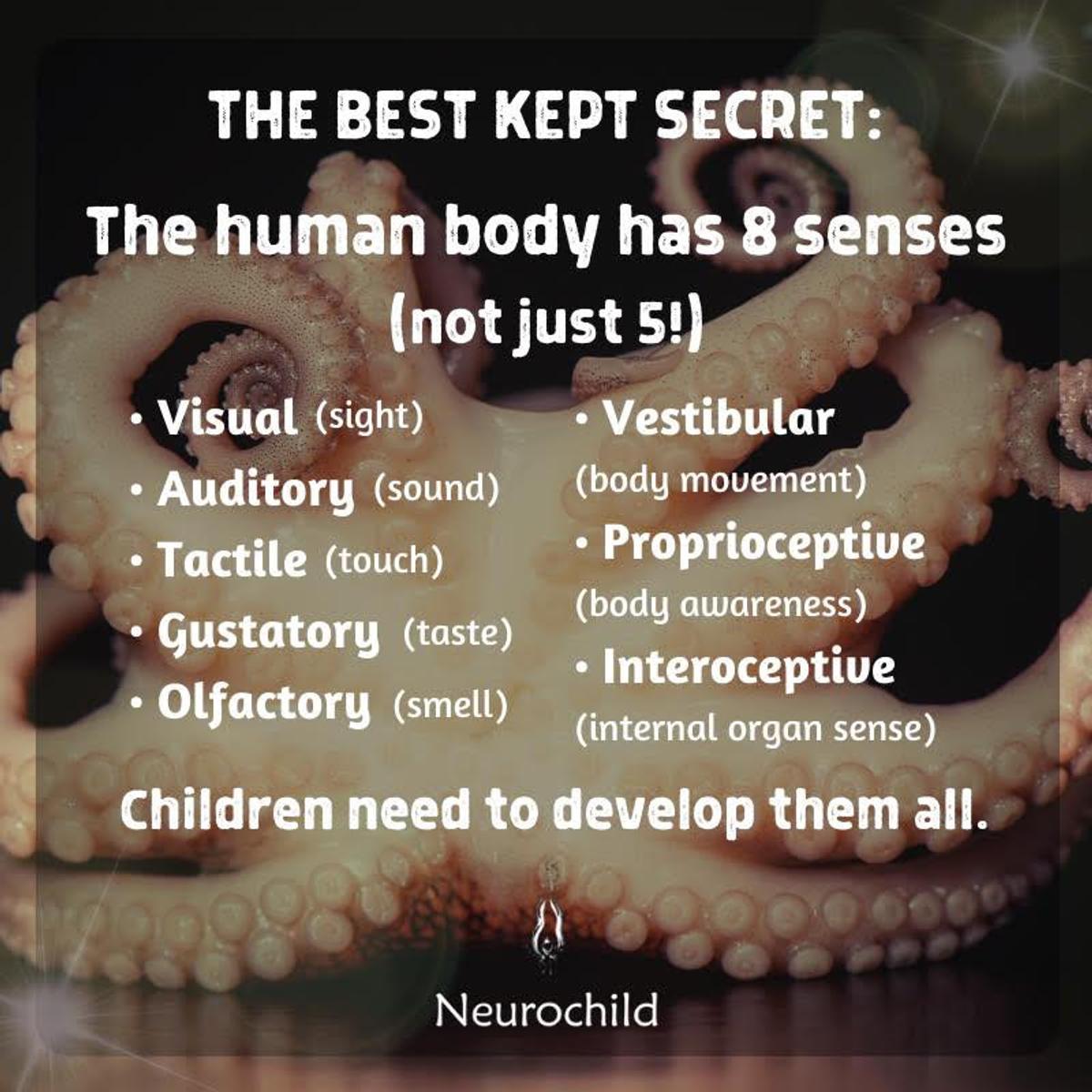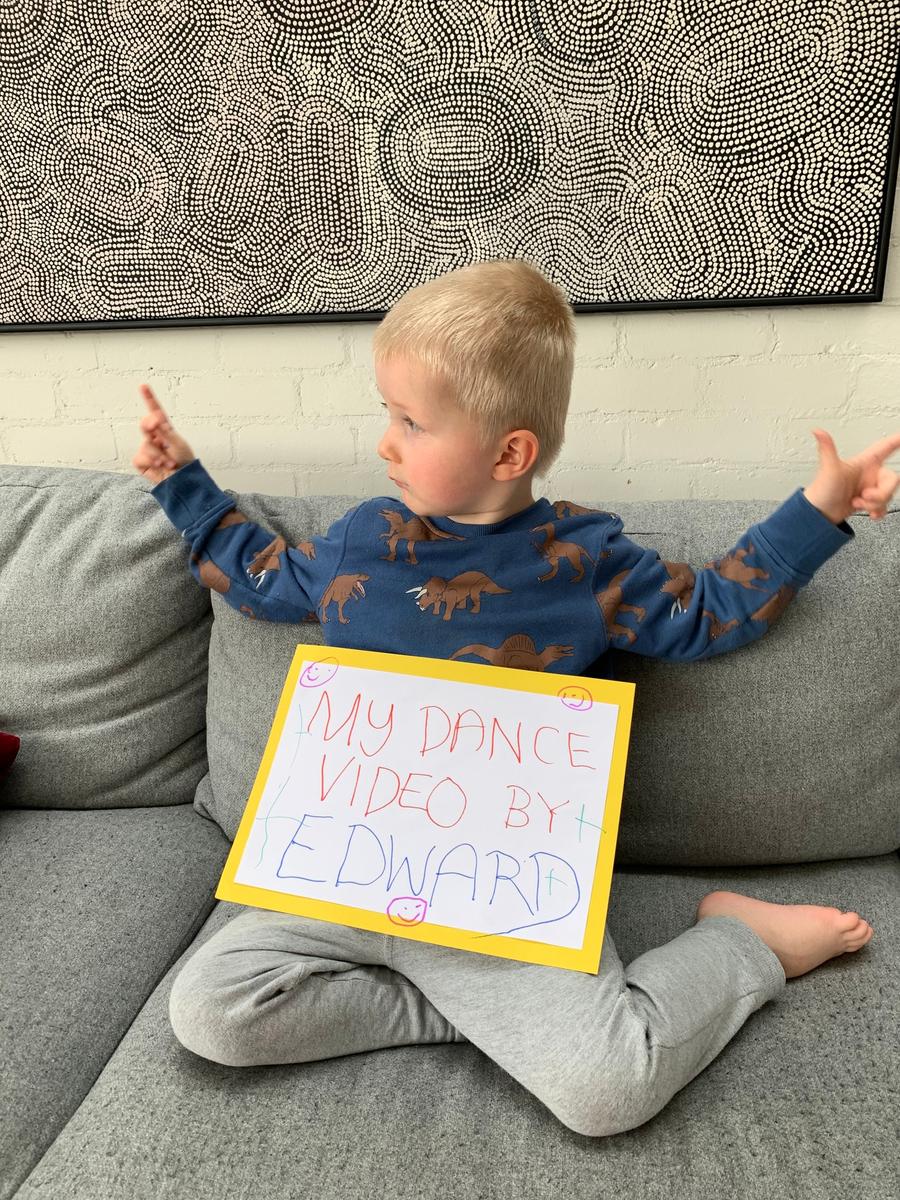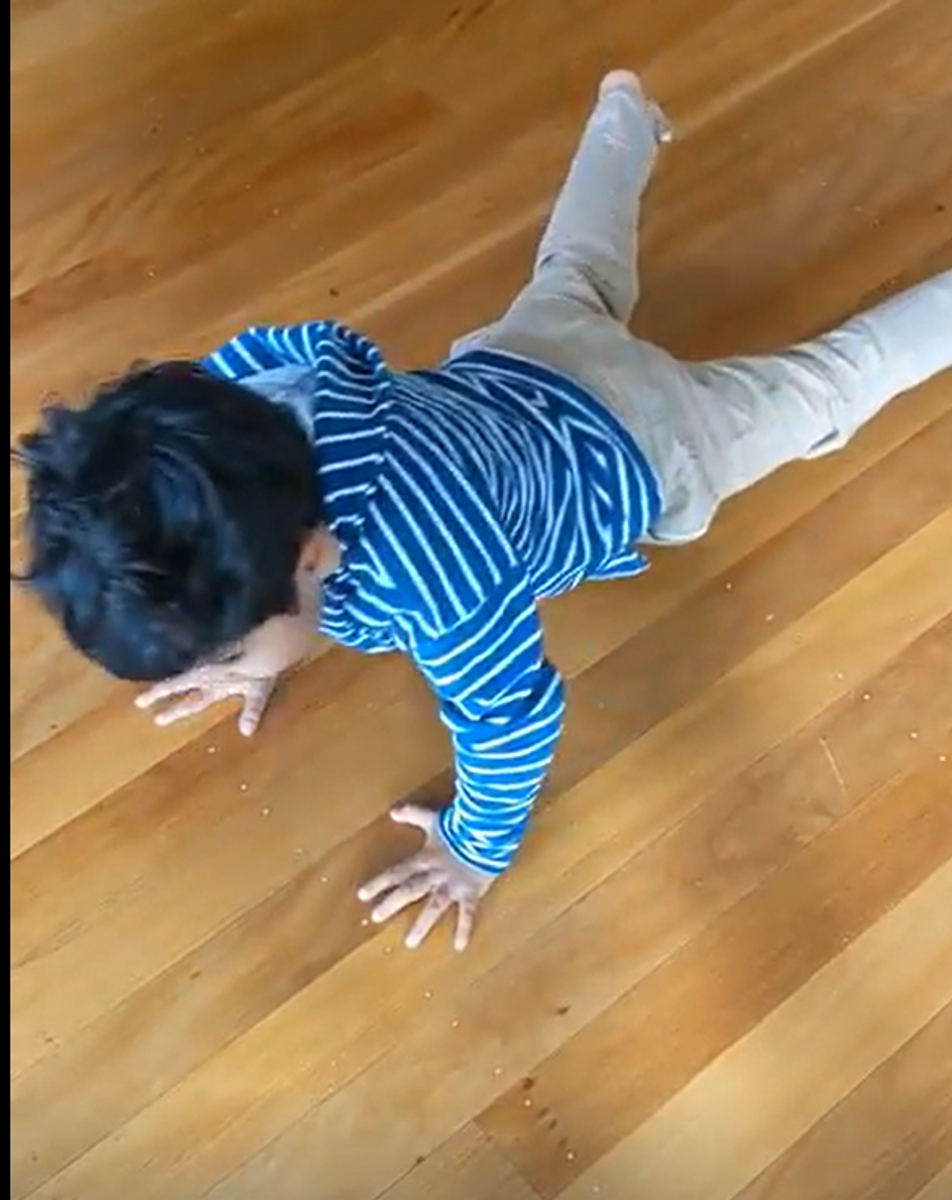Physical Education
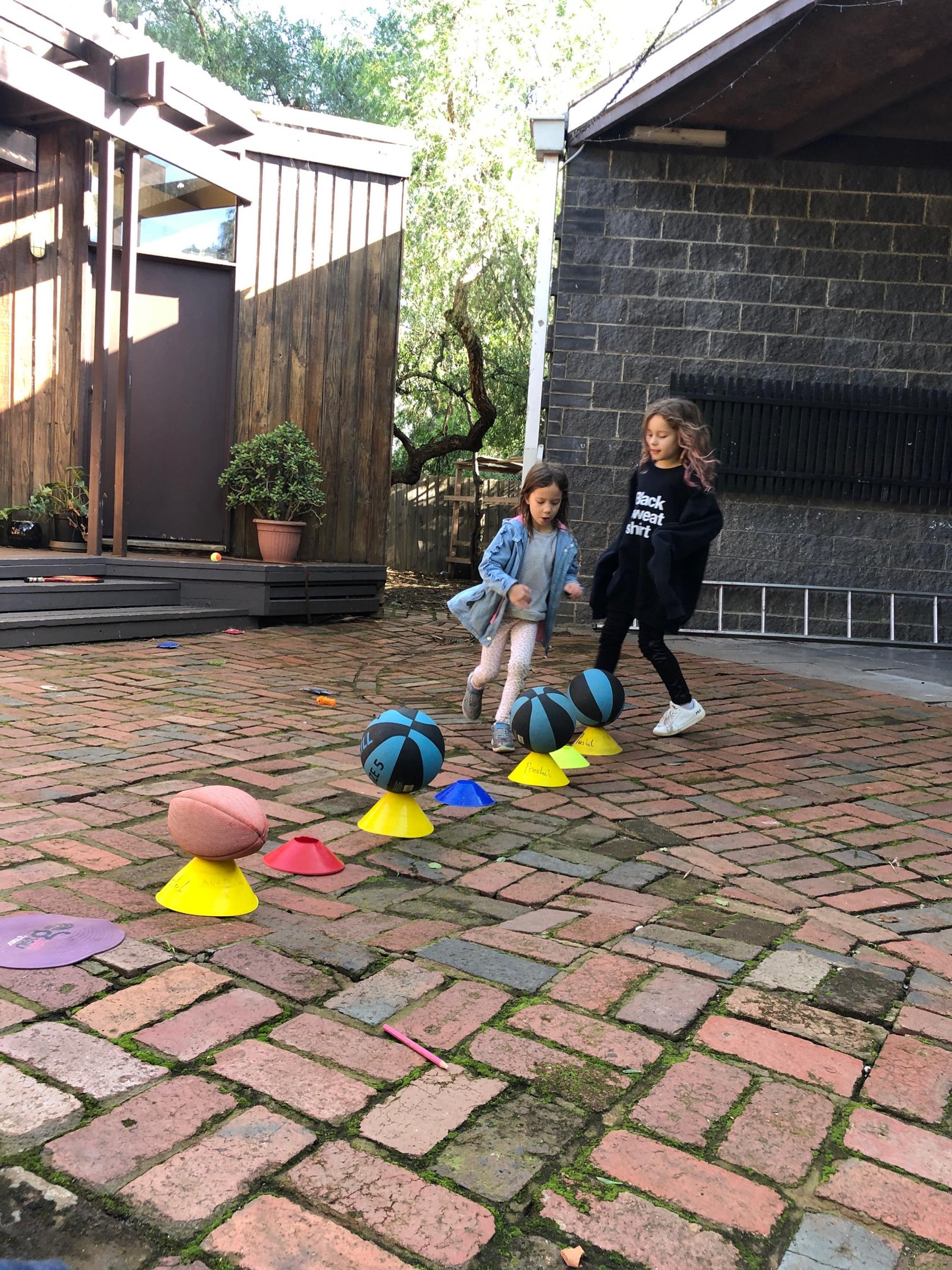
The Peppercorns
Drawing on inspiration from the Sunroom and Peppercorn Teacher Exercise Course, the Peppercorns were tasked to design their own exercise course at home and upload this onto Seesaw during Week 1. In Week 2, the children were advised to time themselves completing their exercise course on the Monday and calculate their average time after 3 trials. They were then encouraged to complete their exercise course on a daily basis for the remainder of the week. On the Friday, the children re-calculated their average time after 3 trials and noted if their time had improved or not. There were lots of improvements!
During Week 3, the Peppercorns were provided with a ‘Breathe Calm Connect’ pack and encouraged to develop some mindfulness skills by engaging in daily breathing exercises and practising various yoga poses. Emily Smith from the library joined our Zoom meeting on Friday morning to run a virtual yoga session. We will be implementing this every Friday morning.
The Sunroom
The Sunroomers have been very creative at coming up with a variety of home exercise programs for PE. The first challenge was to design an exercise course that could help maintain physical fitness while at home. Sophie, Michael, Rosie and Vic made a video example of how this might look. There were lots of different activities such as jumping up drains, running up and down stairs and raking up leaves.
Our second challenge was to create a target game at home to work on accuracy skills. A variety of games were designed including toilet paper bowling, target throwing and chocolate tossing.
Our most recent challenge asked the children to only use items/perform exercise that started with the first letter of their name. There was some very interesting and clever language used to help make this possible.
The Lofties
Physical Education is an important part of our learning program. There are lots of different reasons to participate in physical activity which include:
- opportunities for fun with friends and family,
- helping to develop co-operation and teamwork skills,
- improved self esteem and confidence,
- helping with management of anxiety and stress,
- improved concentration,
- promotion of healthy growth and development,
- strong muscles and bones,
- improved physical fitness, including co-ordination and movement skills
- reduced risk of some diseases.
And yes, this all sounds quite serious but what does it look like for the 6s & 7s? We have been practising some basic movement exercises at Wattle Park on Thursdays plus enjoying some singing and dancing with Dr Dolittle, the Iguana and our other animal friends. We look forward to sharing more sporting opportunities with them.
When reading, we often discover the sports of famous athletes and the practice and motivation they experienced. We too can pick up a bat and ball like Evonne Goolagong or Don Bradman if we like. We begin to understand the physical fitness that voyagers, explorers and the ANZACS required.
More relevant to all of us is the opportunity to stretch, move, walk the dog, kick a ball and climb a tree and then conversely be restful and mindful for our overall well-being.
The Lighthouse
The focus for the Lighthouse PE program in Term 2 has been on our fundamental movements skills as well as our overall well-being. Some of the activities we have been engaged with have included creating our own obstacle course that required us to skip, jump, hop and balance, among other movements. Some of us have been using our time at home to practise other movement and balance skills such as skipping rope, riding bicycles and some of us have even been riding motorbikes! Puddle jumping is another VERY important skill and it has been great to see some children practising this also!
This week the children have been listening to classical music from the the ABC television show ‘Dance with the Elements’, and moving their bodies in harmony with the music. We have also been listening to guided meditations and Emily’s conscious story times to help us stay calm and present.
Kindergarten
Our Kindergarten children love to move! They are eager and excited to use their bodies in different ways. It is so important for our youngest learners to experience physical activity in many forms. Here are some of the ways we’ve been getting active so far this term!
Animal Moves
Animal moves are a fun and imaginative way for children to move creatively and strengthen their core motor skills such as jumping, but to strengthen two important systems in their developing brains and bodies: the vestibular and proprioceptive systems.
A child’s vestibular system lets them know if and how they are moving. Animal moves such as ‘standing on one leg like a flamingo’ support the vestibular system. When a child loses their balance, their vestibular system signals to the body that they need to adjust to remain balanced.
The proprioceptive system lets a child know which muscles to move when and how. It can be thought of as a child’s ability to ‘sense’ their own body. Proprioception is also important for emotional regulation, which is why we often see young children seeking out sensory inputs when upset or frustrated! Heavy resistance tasks such as crawling prone (‘slithering like a snake’) support the development of the proprioceptive system.
Be your own Personal Trainer!
We were thrilled to receive videos of the Kindergarten children giving us their own mini ‘personal trainer’ sessions. We shared a video of a child-friendly exercise session and asked the Kindergarten children to respond with their own moves. It was great to see the range of ‘workouts’ they came up with – using different parts of the body, varied levels, and a combination of strength and cardiovascular based moves. We saw some exercises mimicked from the video, and some children built on these to incorporate more body parts and movement styles. We also saw children who shared dance style exercises, demonstrating their understanding that there are many ways to be physically active, and that moving your body should be fun and enjoyable as well as beneficial!
Yoga
We’ve been incorporating an increasing amount of yoga into our on-site program, and it will be our physical education focus for the fortnight in our online program. It is great to see the children growing familiar with different yoga poses and being eager to demonstrate them to their teachers and friends! Yoga incorporates mindful breathing as well as balance, coordination, and mobility strengthening. We have been approaching yoga from a storytelling perspective – encouraging the children to create or follow along with a narrative using their bodies. Yoga is a great, non-competitive sport for young children to engage. One of the socio-emotional benefits is that it encourages children to reflect on how much their body can do and take pride in this, supporting their self-esteem.

